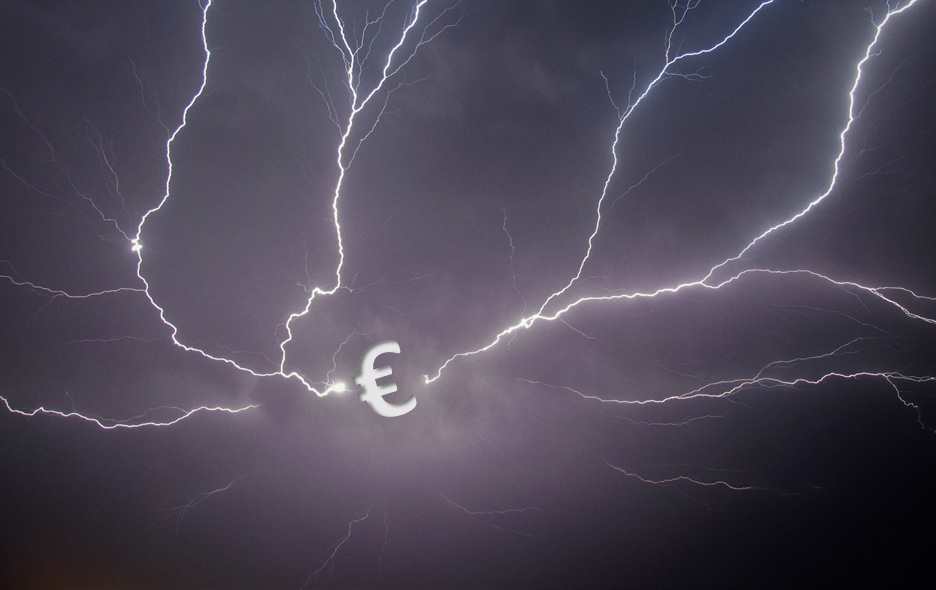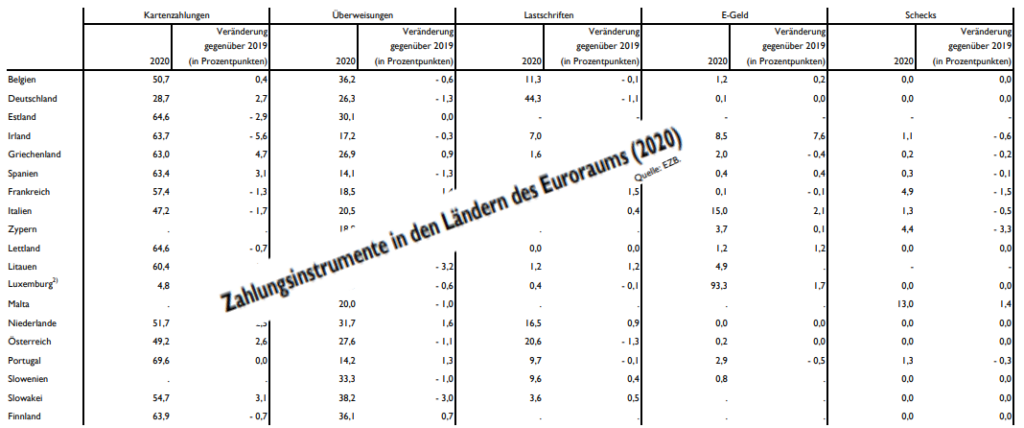An article by
Andreas Wegmann & AI friends
Published on
21/05/2025
Updated on
21/05/2025
Reading time
3 min
From October 2025, banks in the eurozone will have to offer account holders the option of both receiving and sending credit transfers in real time (SEPA Instant Payments, SCT Inst). Now that the European Payment Council (EPC) has published a great deal of documentation on this, it is not easy to clarify the details. One of these questions is how and when exactly the recipient of a payment must be notified. It is therefore about the SCT Inst payment confirmation for recipients.
No legal basis for an SCT Inst payment confirmation?
 Neither the EPC documents on SEPA Instant Credit Transfer nor the EU Regulation (EU) 2024/886 explicitly stipulate that the payee must be actively notified when an instant payment is received. The EPC’s SCT Inst Rulebook only introduced an optional “credit notification” for the beneficiary – i.e. an optional ISO 20022 message type (e.g. camt.054) that the beneficiary bank can use to notify the account holder of a successful instant credit transfer. However, this option is not mandatory, but a voluntary service provided by the account-holding bank.
Neither the EPC documents on SEPA Instant Credit Transfer nor the EU Regulation (EU) 2024/886 explicitly stipulate that the payee must be actively notified when an instant payment is received. The EPC’s SCT Inst Rulebook only introduced an optional “credit notification” for the beneficiary – i.e. an optional ISO 20022 message type (e.g. camt.054) that the beneficiary bank can use to notify the account holder of a successful instant credit transfer. However, this option is not mandatory, but a voluntary service provided by the account-holding bank.
The EU regulation focuses on the obligation to credit funds immediately: The recipient’s bank must credit the transferred amount to the recipient’s account within a maximum of 10 seconds after receipt of the transfer order and confirm the execution to the payer’s bank. It is also stipulated that the payer’s bank must inform the payer immediately and free of charge whether the real-time transfer has been credited to the recipient (or whether it has failed). However, there is no comparable obligation to notify the payee in either the Regulation or the EPC Rulebook.
Question 47
There was a dialogue at the EPC as part of the Q&A phase that also addressed this topic:
“Is the beneficiary PSP obliged to send a confirmation message to the beneficiary customer immediately after the SCT Inst transaction has been credited to the beneficiary account?”
Answer (summarised analogously):
The beneficiary’s bank (Beneficiary PSP) is not obliged to send a separate confirmation message to the payee (i.e. its own customer) immediately after the payment has been credited.
However, the bank must ensure that the incoming payment is available and visible on the beneficiary’s account immediately after it has been credited, e.g. in online banking or via other channels.
The specific type and manner of information (push message, e-mail, account display, etc.) is not prescribed and is at the discretion of the bank.
Why is the SCT Inst payment confirmation important?
 Since the EPC is also pursuing the goal of supporting payments at the point of interaction (POI) with SCT Inst (EPC position paper 100-21 from May 2021), a suitable SCT Inst payment confirmation can be decisive in this environment. If an SCT Inst payment confirmation is as fast as a card payment, the card organisations would suddenly face huge competition. By regulation, SCT Inst transactions must not cost more than credit transfers, which also affects the receiving party. With card payments, the merchant incurs costs of between 1-3 per cent, whereas an SCT Inst payment only incurs one booking item.
Since the EPC is also pursuing the goal of supporting payments at the point of interaction (POI) with SCT Inst (EPC position paper 100-21 from May 2021), a suitable SCT Inst payment confirmation can be decisive in this environment. If an SCT Inst payment confirmation is as fast as a card payment, the card organisations would suddenly face huge competition. By regulation, SCT Inst transactions must not cost more than credit transfers, which also affects the receiving party. With card payments, the merchant incurs costs of between 1-3 per cent, whereas an SCT Inst payment only incurs one booking item.
Conclusion
Without a mandatory notification requirement for the payee, it is up to the banks to decide how exactly they inform their customers about incoming payments. While private customers will hardly have any requirements here, companies with business at the POI will demand quick solutions. SCT Inst Tarnasktionen at the POI will be at the expense of card and wallet solutions, in line with the EU.
If you are looking for technical solutions in this field, we look forward to hearing from you.
Share




